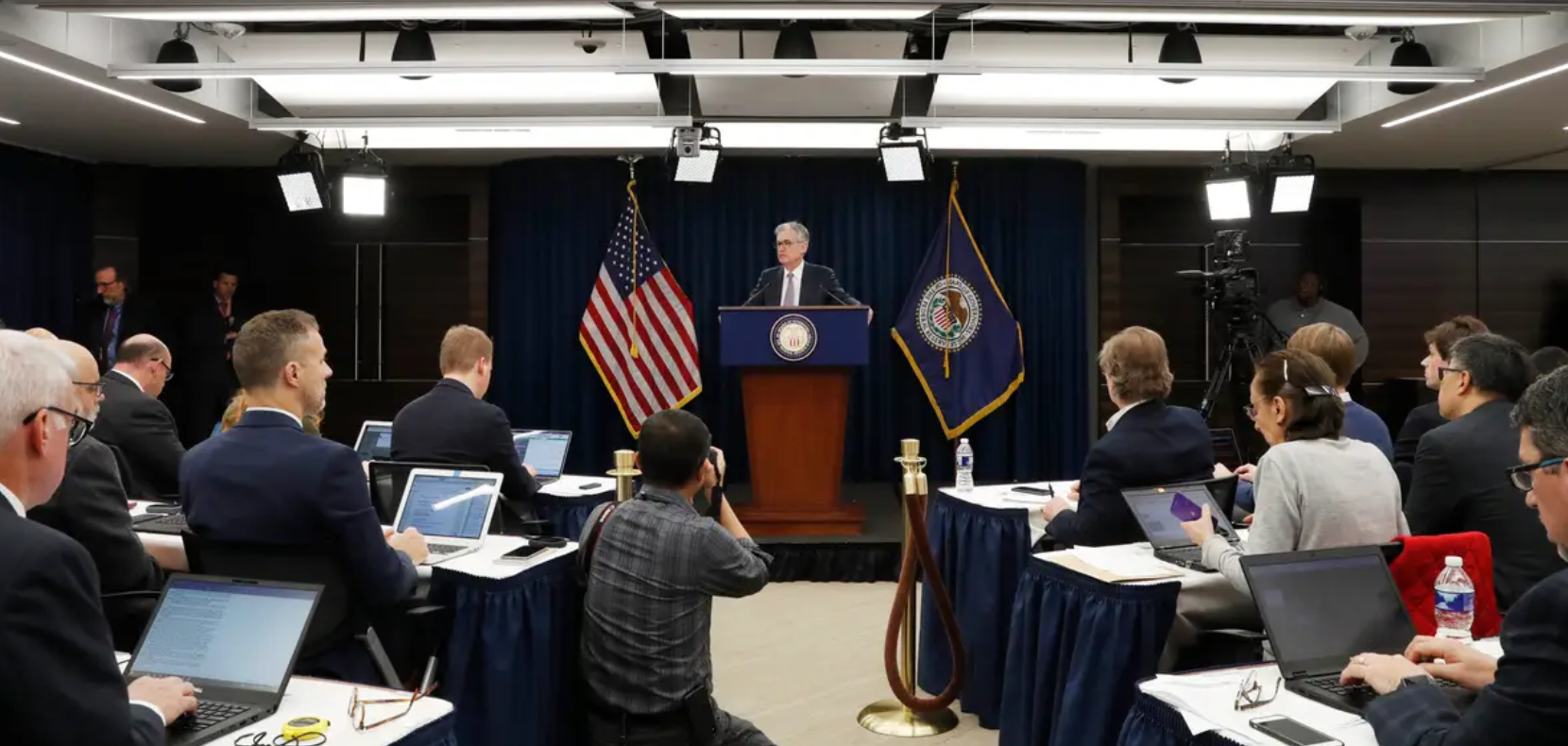Thu Jul 07, 2022
FOMC: Members have consensus on a tightening by 50 or 75 bps in July
The minutes of the Federal Open Market Committee (FOMC) meeting dated June 14-15, were published yesterday at 20:00 (GMT+2). At the meeting, the Bank had raised its federal funds target to the range of 1.50 – 1.75 percent by a 75 bps hike, the largest in 28 years.
Minutes of the meeting published yesterday indicated that inflation remains high due to supply and demand imbalances related to the pandemic and rising energy prices creating wider price pressures. It also noted that Ukrainian war brought additional pressure on inflation.
According to the minutes, incoming data suggested that the global reverberations from lockdown measures to deal with the spread of the COVID-19 virus in China and the Russian invasion of Ukraine slowed foreign economic growth and activity indicators pointed to a sizable restraint on economic activity in China.
In their discussion of current economic conditions, meeting participants noted that overall economic activity appeared to have picked up after edging down in the first quarter. "Job gains had been robust in recent months, and the unemployment rate had remained low. Inflation remained elevated, reflecting supply and demand imbalances related to the pandemic, higher energy prices, and broader price pressures." While labor markets were anticipated to remain tight in the near term, participants expected labor demand and supply to come into better balance over time, helping to ease upward pressure on wages and prices. As in the case of product markets, they anticipated that an appropriate firming of monetary policy would play a central role in helping address imbalances there.
Participants also noted that inflation remained much too high and observed that it continued to run well above the Committee's longer-run 2 percent objective, with total PCE prices having risen 6.3 percent over the 12 months ending in April.
Minutes further stated that economy remains far from the 2 percent inflation target and participants judged that an increase of 50 or 75 basis points would likely be appropriate at the next meeting. Participants concurred that the economic outlook warranted moving to a restrictive stance of policy, and they recognized the possibility that an even more restrictive stance could be appropriate if elevated inflation pressures were to persist.
Last but not least, all participants reaffirmed their strong commitment to returning inflation to the Committee's 2 percent objective. Participants observed that a return of inflation to the 2 percent objective was necessary for creating conditions conducive to a sustainably strong labor market over time.
